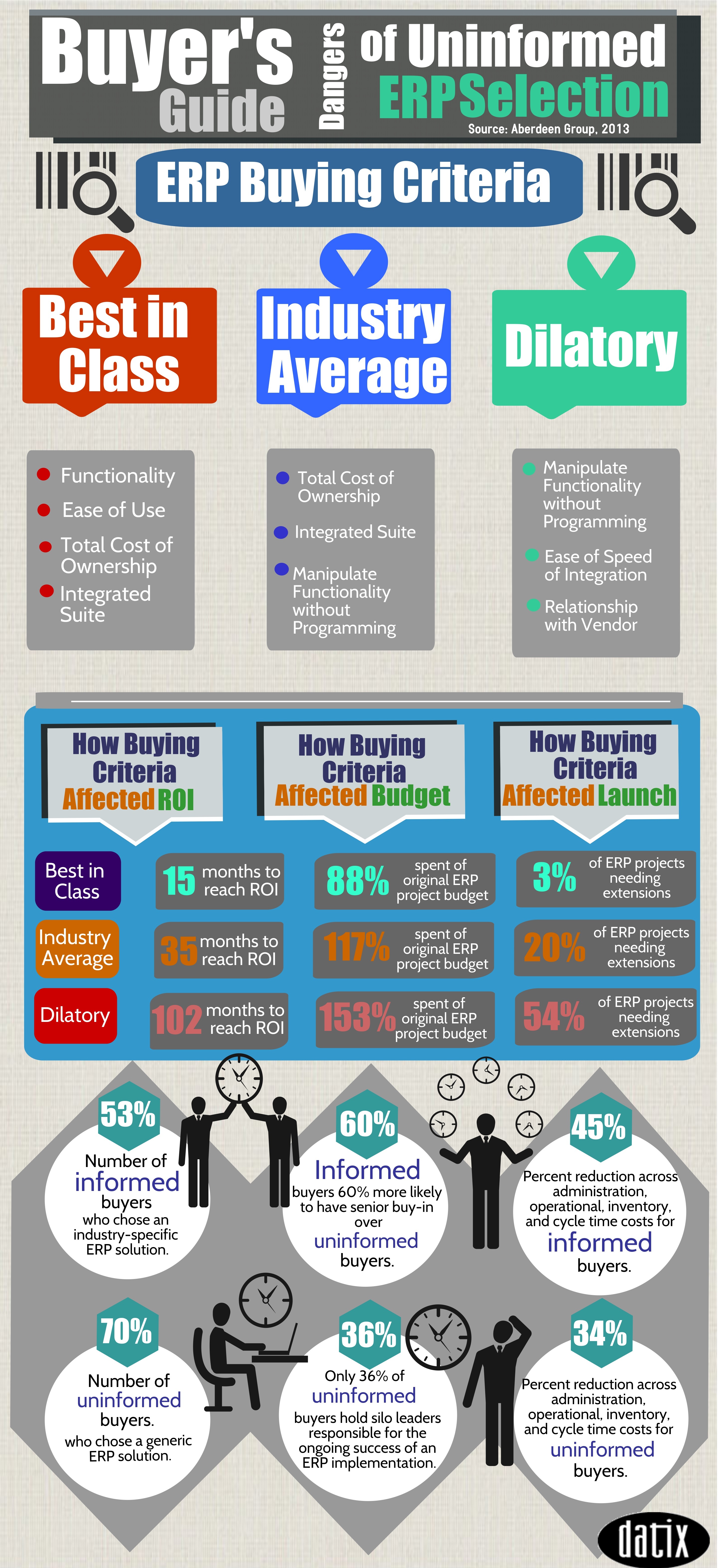
How To Execute On Software Selection
Whether you choose to upgrade an existing ERP or CRM system or to implement something totally new, you may find yourself stagnant in the ERP Evaluation process. It’s common to ask serious questions about the business itself during this process, and it’s a healthy part of how good software selection decisions are ultimately made. Ultimately, educating yourself about the software selection process is one of the best ways to mitigate the total rick of the project.
There’s a high level of risk attached to software selection, but what comes out of it can be pure reward. Businesses must be exposed to what works and what doesn’t. Doing due diligence on this kind of material is critical. Software projects are a reflection organizational change and betterment, and should be welcomed as the underpinning of your business process model. This means leadership and management should be supportive and optimistic about these projects. Acquiring this kind of support goes a long way to helping the project.
What do the numbers say?
In a recent study, Aberdeen Group sought to understand the differences between successful and unsuccessful ERP projects. The study connected with over 200 business executives to uncover which ERP solution reaped the highest rewards. Aberdeen presented the findings in three separate categories: Best In Class, Industry Average, and Laggard or Dilatory. For some companies, ROI was definitive from the onset, given their informed buying criteria. For the uninformed, the ERP solution they chose created pestilence, not value.
The infographic above discusses several dangers project teams should assume when companies make an uninformed purchase. Quality data exposed variable degrees of success and dilemmas based on the company’s buying criteria. Solutions with the quickest ROI turnaround, senior on boarding, and user adoption considered this framework:
- Functionality – how the system could be bent around key business models.
- Ease of use – ways the system was configured with end users in mind.
- Total cost of ownership – informed decisions cause the project to stay within budget.
- Integration – navigate a solution connecting the ERP system to an ecosystem of existing technologies for improved functionality.
While, the industry average is an overlap of both Best in Class and Dilatory criteria, it does not suggest the company assumed reward in one area of the system and accepted defect in another. It simply shows some companies were still not fully aware of what issues held their system back. This can be result of working directly with a vendor on the project and internalizing some of the work, ineffective end-user training, or simply failing to communicate what they don’t know about their own processes.
A viable recommendation is to always source a second opinion around business process support and an ERP solution. An outside perspective assists the company in wholly uncovering where operations have become stale and business structures struggle. Experts in this field can inform the company on where their systems can improve given experiences they’ve had with similar projects.
It’s a common a side effect of rapid growth to heed a modern project misinformed. Companies move up in market share so quickly and become hard pressed to endure any outside dialogue. Yet, whatever moved the company to consider the value in new infrastructure should also prompt how those avid business processes can be supported in a way that sustains growth models.
Connect with our ERP Evaluation Experts for help with your next software selection project.

